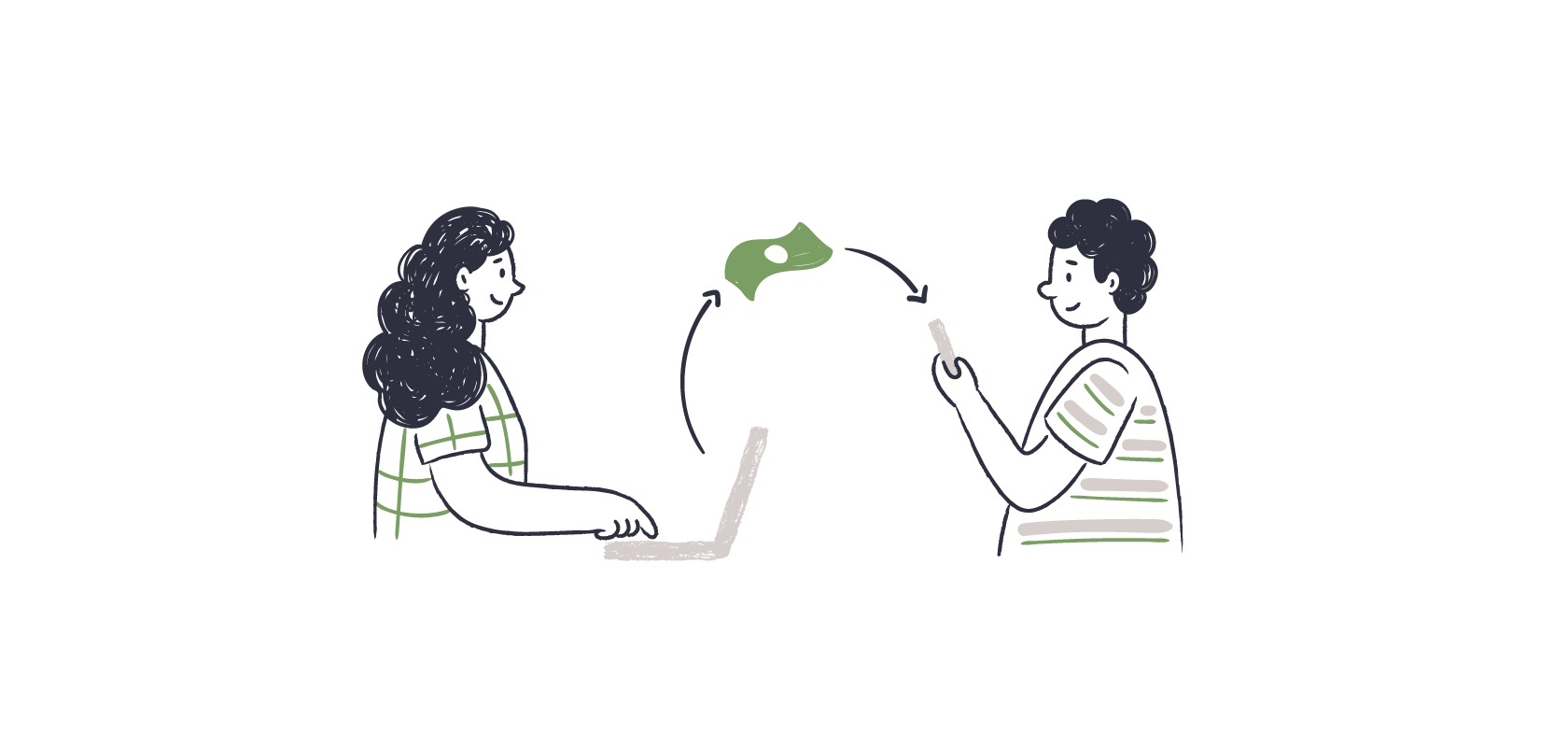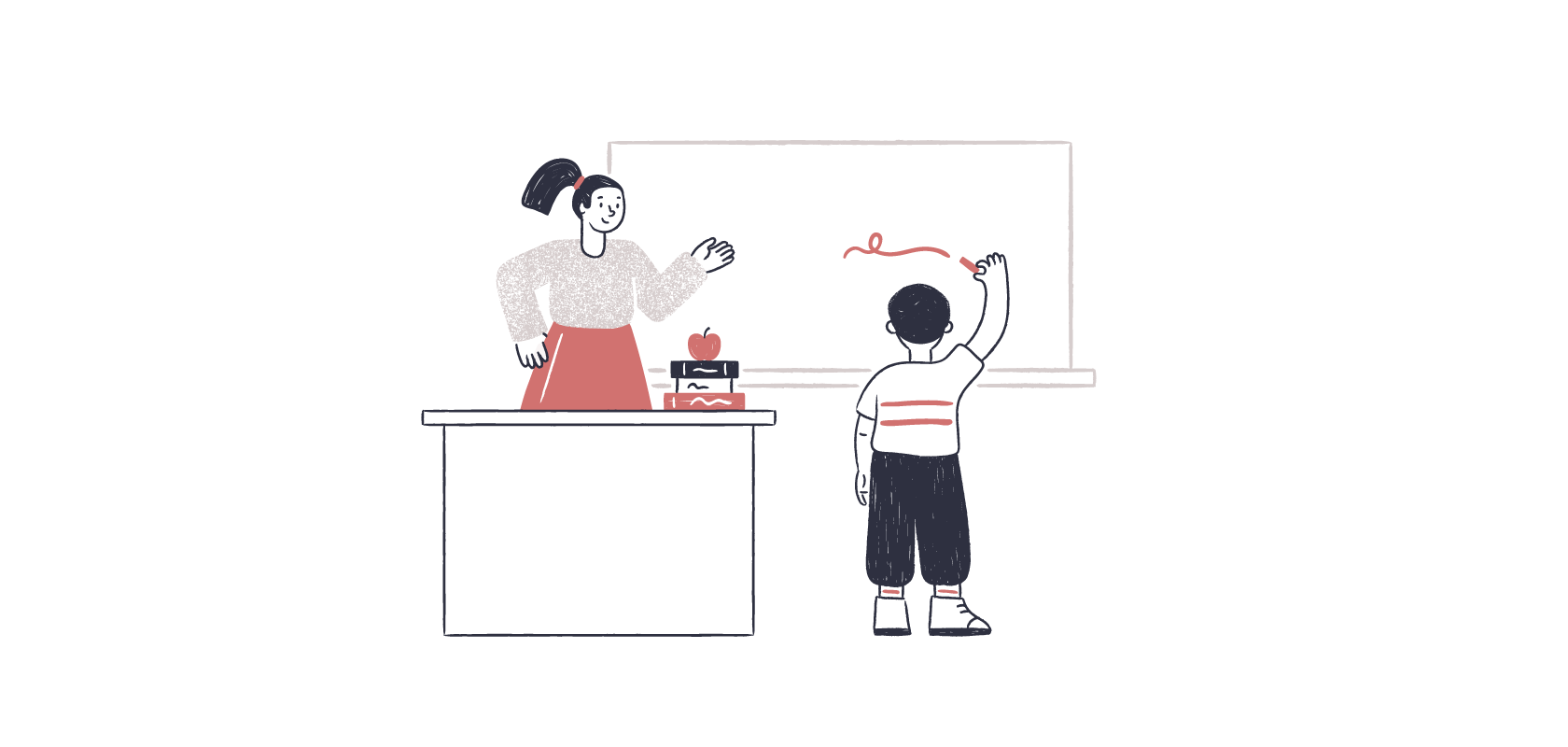Become an insider!
Get our latest payroll and small business articles sent straight to your inbox.
Your brand is not your logo. Part one: Finding out who you are.
Writing this article is probably a bad idea for me. Why? Well, because I spend at least half my day making and remaking logos for people as one half of the design duo BIKLOPS, and I’m about to tell you that a great logo can’t make a great brand.
This is a little counter-intuitive, I know.
When you think of great brands, your mind immediately sees its logo. Apple? Blam! That little munched-up apple appears in your mind. Colors, typography, a cool logo—these are all *expressions* of a company’s brand.
The brand itself is that company’s unique, unshakeable way they see the world, the way they make what they make, the way they *live.*
A brand isn’t just a product either. A brand is a distinct entity that lives outside of the product or the consumer need. It’s everything that an organization stands for and how it expresses that. It is the sum of every interaction people have with the entity, organization, or person.
– Defining Brand Identity, Christy MacLeod
In short, learning how to build a brand is the process of finding what makes you unique, finding the most razor-sharp way to communicate that difference to the world, and then living up to that promise.
In this first in a series of three articles, we’re going to talk about taking that first step in branding your business—finding what makes you unique.
Finding out who you are—the discovery phase
At BIKLOPS, we do discovery a little differently than other brand agencies.
Most brand discovery processes go one of two ways: either they poll a bunch of people asking them what they want and say “your brand will be *that* then!” or they ask you to manufacture a mission statement that will define your brand in perpetuity.
Both of these processes are, to be quite frank, super stupid.
Polls suck. People think they know what they want, but no one knew they wanted a million mp3s in their pocket until Steve Jobs told them to want it. Malcolm Gladwell has a lot of great things to say about why focus groups suck—If you’re the least bit innovative, leave the polls to the boring me-too brands.
Mission statements are worse. They’re never an actual mission but always just a regurgitation of buzzwords the Mission Statement Committee™ decided to string together. “We offer the highest quality products at fair prices while providing top-notch customer service.”—yeah, you and every other toilet paper salesman. Bravo.
No, finding out who you are is much easier than all that.
A business is defined by what it won’t do as much as it’s defined by what it does. Having a list of things you won’t do is called having principles, and it’s principles—not a mission—that truly defines who we are and, by extension, what our businesses are about.
Life’s too short to sell things you don’t believe in.
Patrick Dixon
Will you defend your employee’s right to a good work/life balance regardless of financial opportunity?
Do you insist on manufacturing ecologically?
Do you create work that challenges expectation?
Do you make the biggest damn burrito in town?
Those are all principles, from big ones to small ones, that instantly create a personality—a brand.
##Let’s get metaphysical.
Exercise One: Find your Brand Principles
Don’t know what your brand’s values are? Have no fear! I’m here to help. Simply ask yourself the following questions and *write down* your answers.
- Question 1: Ask yourself—what is something my business will *always* do, no matter what? Examples: delight our clients, underprice the competition, design truly innovative running shoes.
- Question 2: Ask yourself—what do we absolutely refuse to do? Examples: bore our audience, use sub-standard ingredients, manufacture overseas, discount our goods.
- Question 3: Would you be willing to break the promise you made in question 2 for a million dollars?
Question 3 is a simple yes or no question. If you answered ‘yes,’ start over at question 1 until you finally answer no. You may have more than one “always do” and more than one “never do” and that’s fine—Great even.
Congratulations! You’ve just discovered your brand’s principles.
As I’m playing along with you I’ll share my answers. My company BIKLOPS “always puts being creative before getting paid” and we’re “never boring.”
#Getting to know you…or getting to know all about you.
Exercise Two: Tell me More
Close your eyes….no not really! I mean, if you do how can you read the rest of this article?
Metaphorically close your eyes and imagine your brand as a living breathing human being. Let’s call him/her Brandy. Funny, right?
Now answer the following questions about Brandy and write down your answers:
- With 1 being masculine and 10 being feminine, how masculine/feminine is your brand?
- How old is your brand? By ‘how old’, I mean, how old is our personified version of your brand, not how long you have been in business. For instance, BIKLOPS is a 31 year old man.
- With 1 being humorous and 10 being serious, how serious is your brand?
- What are your brand’s 3 favorite brands?
- What are your brand’s 3 favorite movies, artists or bands?
- What is your brand’s one obsession? This should obviously align with what your brand does, but it’s *not* your brand’s product—it’s the driving obsession behind it. Examples: clean water, video games, innovations in athletic shoes, etc.
This may all seem a little “fluffy”, but it’s going to be really helpful as we dive into how to tell your brand’s story by defining your own personal brand language next week.
My answers went like this:
BIKLOPS is a slightly masculine, considerably un-serious 30 year old that loves cult movies, psychedelic music, and Andy Warhol. BIKLOPS is obsessed with exciting, expressive design.
In just six questions we’ve identified our brand’s personality and have started to hint at a brand voice.
Next week, we’ll talk about how to use your brand personality and flesh it out into your brand’s own personal language.
This is the “sexy” stuff so you’ll want to tune in. We’ll talk logos, colors, typography and voice and find a way to ensure that your brand’s language is identifiable and unique in the ever growing landscape of competitive brands.
This blog post is brought to you by Jeff Immer, Co-Principal of BIKLOPS, a branding agency with offices in Portland, Oregon and Kansas City, Missouri.











